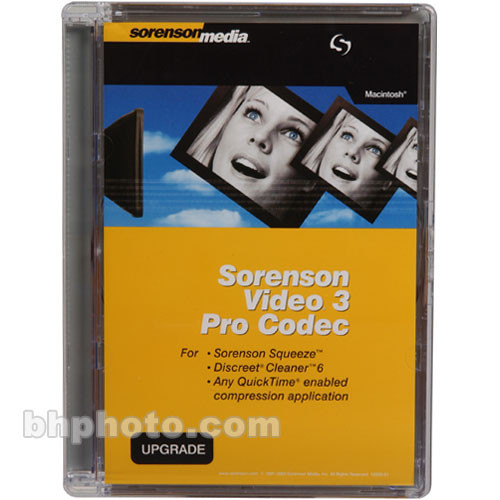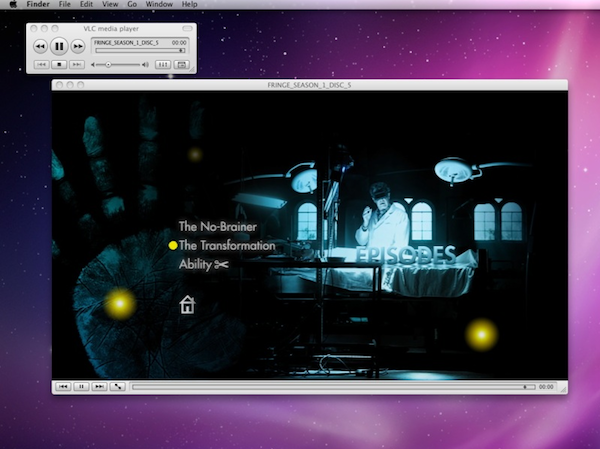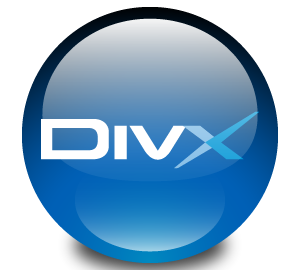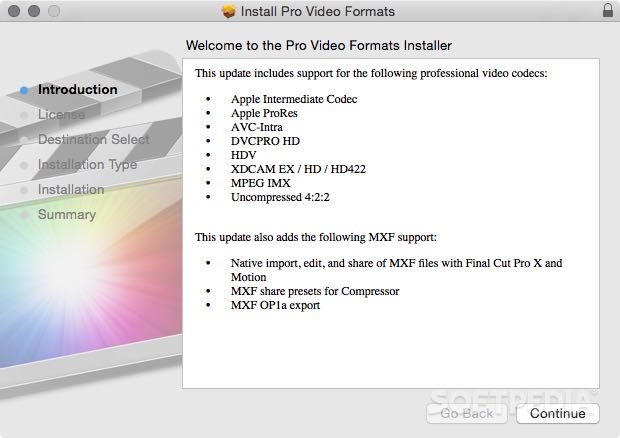
We're all familiar with the concept of codecs. And we've probably all run into a problem or two with a codec in the past – a file that works on one computer doesn't work on another, or works in one app but not another. In fact, codec issues are one of the main reasons we built EditReady.
Oct 19, 2014 How to Install ProRes Codecs FREE for Mac and Adobe Media Encoder - MindPower009 - Duration. Installing the Free Pro Res Quicktime Codec for Windows - Duration: 1:47. RampantMedia 107,734 views. Apr 07, 2020 So, a lot of issues that come from AVI playback on Mac, stem from the lack of codec support on QuickTime Player. You see, codecs aren't found in the AVI file itself. Rather, it's part of the player medium that's used, such as QuickTime Player. Unless you have an app that has proper codecs to play AVI files, you movies won't play.
This post will cover the basics of where codecs live on the Mac, and how you can go about resolving basic codec issues.
- The Xvid component for QuickTime allows users to play & encode Xvids in QuickTime Player. Xvid is a video codec library following the MPEG-4 standard. ZyGoVideo's great looking, smooth playing, web-video codec is now available for Windows, Mac PPC and Mac Intel machines. ZyGoVideo provides high-quality video at prevalent modem rates.
- The.sit file contains a QuickTime component, which delegates the playback of XviD videos to the DivX codec installed on your system. To install the XviD delegate component on Mac OS X, put the XVIDDelegate.component file in the /Library/QuickTime folder and then reboot.
- Fortunately there was a programmer called Tommy Stephansen that made a personal custom installer that works perfectly on windows 10 and resolved all issues i´ve had with quicktime codecs + After Efects on windows 10. I hope it helps for you guys. Here is the link: How to Install QuickTime on Windows 10.

Traditionally, all the codecs on a Mac were stored in one folder, /Library/QuickTime. If you've got an older Mac OS X install and look in that folder, you'll probably find all sorts of detritus from codecs of the past – DiVX.component, Perian.component, etc. These components are part of the old 'QuickTime 7' framework. If you're working in Final Cut Pro 7 or another older app, these are the only codecs that matter. This is also the only type of codec that can be developed by third parties.
Starting with Mac OS X 10.6 ('Snow Leopard') Apple introduced a new set of media technologies – AVFoundation, CoreMediaIO, and others. These modern media frameworks don't use the older components, and instead introduced a separate set of video codecs. You'll find these in /Library/Video and /System/Library/Video (And often in subfolders from there).
Apple hasn't opened this technology up to third parties, so only Apple can create these types of codecs. Macs come with some codecs preinstalled (like Apple ProRes) but others are only available as part of the Apple 'Pro' apps like Final Cut Pro X. The most important of these, in terms of working with video on a Mac, is probably the AVC Intra codec, since AVC Intra is used by many modern cameras (like many XAVC cameras).

We've seen a number of issues related to these modern codecs. First off, some users simply end up with corrupt or missing copies. This can be due to a bad update, or an overly aggressive 'cleaner' application on your Mac. If you previously had the codecs and suddenly they're gone, you can reinstall from the Apple Pro Video Formats download.
Video Codecs For Mac Os X
As we prepare for the impending release of Mac OS X 10.11 ('El Capitan'), many users will choose to do a full reinstall instead of just updating. This can lead to confusion because codecs will be missing after the update.
All Codecs For Mac Quicktime Media Player

We're all familiar with the concept of codecs. And we've probably all run into a problem or two with a codec in the past – a file that works on one computer doesn't work on another, or works in one app but not another. In fact, codec issues are one of the main reasons we built EditReady.
Oct 19, 2014 How to Install ProRes Codecs FREE for Mac and Adobe Media Encoder - MindPower009 - Duration. Installing the Free Pro Res Quicktime Codec for Windows - Duration: 1:47. RampantMedia 107,734 views. Apr 07, 2020 So, a lot of issues that come from AVI playback on Mac, stem from the lack of codec support on QuickTime Player. You see, codecs aren't found in the AVI file itself. Rather, it's part of the player medium that's used, such as QuickTime Player. Unless you have an app that has proper codecs to play AVI files, you movies won't play.
This post will cover the basics of where codecs live on the Mac, and how you can go about resolving basic codec issues.
- The Xvid component for QuickTime allows users to play & encode Xvids in QuickTime Player. Xvid is a video codec library following the MPEG-4 standard. ZyGoVideo's great looking, smooth playing, web-video codec is now available for Windows, Mac PPC and Mac Intel machines. ZyGoVideo provides high-quality video at prevalent modem rates.
- The.sit file contains a QuickTime component, which delegates the playback of XviD videos to the DivX codec installed on your system. To install the XviD delegate component on Mac OS X, put the XVIDDelegate.component file in the /Library/QuickTime folder and then reboot.
- Fortunately there was a programmer called Tommy Stephansen that made a personal custom installer that works perfectly on windows 10 and resolved all issues i´ve had with quicktime codecs + After Efects on windows 10. I hope it helps for you guys. Here is the link: How to Install QuickTime on Windows 10.
Traditionally, all the codecs on a Mac were stored in one folder, /Library/QuickTime. If you've got an older Mac OS X install and look in that folder, you'll probably find all sorts of detritus from codecs of the past – DiVX.component, Perian.component, etc. These components are part of the old 'QuickTime 7' framework. If you're working in Final Cut Pro 7 or another older app, these are the only codecs that matter. This is also the only type of codec that can be developed by third parties.
Starting with Mac OS X 10.6 ('Snow Leopard') Apple introduced a new set of media technologies – AVFoundation, CoreMediaIO, and others. These modern media frameworks don't use the older components, and instead introduced a separate set of video codecs. You'll find these in /Library/Video and /System/Library/Video (And often in subfolders from there).
Apple hasn't opened this technology up to third parties, so only Apple can create these types of codecs. Macs come with some codecs preinstalled (like Apple ProRes) but others are only available as part of the Apple 'Pro' apps like Final Cut Pro X. The most important of these, in terms of working with video on a Mac, is probably the AVC Intra codec, since AVC Intra is used by many modern cameras (like many XAVC cameras).
We've seen a number of issues related to these modern codecs. First off, some users simply end up with corrupt or missing copies. This can be due to a bad update, or an overly aggressive 'cleaner' application on your Mac. If you previously had the codecs and suddenly they're gone, you can reinstall from the Apple Pro Video Formats download.
Video Codecs For Mac Os X
As we prepare for the impending release of Mac OS X 10.11 ('El Capitan'), many users will choose to do a full reinstall instead of just updating. This can lead to confusion because codecs will be missing after the update.
All Codecs For Mac Quicktime Media Player
Audio Codecs For Mac
If you don't have the codecs at all, an easy way to get them is by installed the Final Cut Pro X trial. Alternatively, you can find instructions online for installing them manually.
